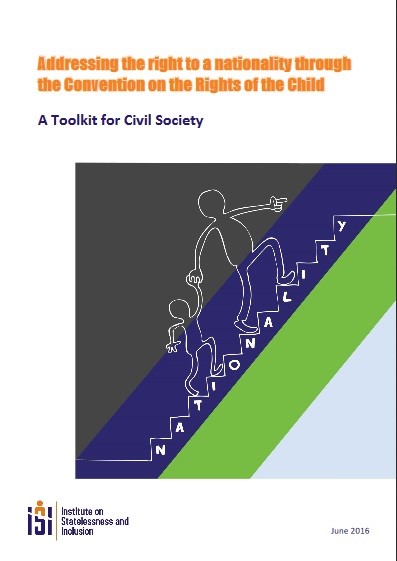International standards
“Everyone has the right to a nationality. No one shall be arbitrarily deprived of nationality”
– Universal Declaration of Human Rights
International law provides a framework for protecting the rights of stateless persons and refugees – including stateless refugees – and for preventing and reducing cases of statelessness. All states have taken on relevant obligations under international human rights law. There are also treaties which establish a specific legal framework to protect refugees and address statelessness.
UN Conventions on refugees and statelessness
Three treaties have been adopted to address problems of displacement and statelessness: the 1951 Convention relating to the Status of Refugees and/or its 1967 Protocol, the 1954 Convention relating to the Status of Stateless Persons and the 1961 Convention on the Reduction of Statelessness.
A non-refugee stateless persons enjoys protection under the 1954 statelessness Convention, while a stateless refugee qualifies for protection under both the 1954 statelessness and 1951 refugee Conventions. In these cases, he or she will usually be classified and treated primarily as a refugee. The refugee Convention provides more comprehensive protection for stateless refugees, including the non-penalisation of unlawful entry and the prohibition of refoulement. To avoid “double counting”, stateless refugees are reported within the refugee statistics of the United Nations High Commissioner for Refugees (UNHCR), while only non-refugee stateless persons are accounted for in the statelessness statistics.
A stateless refugee may, nevertheless, continue to face problems once the fear of persecution no longer exists and he or she is expected to return to the country of origin. Stateless persons may be unable to return because they are not recognized as nationals. Then, international protection as a stateless person may be necessary.
The 1961 Convention on the Reduction of Statelessness aims to help states to avoid statelessness and provides for acquisition or retention of nationality in various circumstances. It is equally applicable to non-refugee stateless persons and stateless refugees.
1951 Convention relating to the Status of Refugees |
1954 Convention relating to the Status of Stateless Person |
1961 Convention on the Reduction of Statelessness |
| Establishes the definition of a “refugee” in international law and provides for a minimum set of rights (e.g., right to employment, housing, education, identity documents and travel documents). Also prohibits refoulement. | Establishes the definition of a “stateless person” in international law and provides for a minimum set of rights (e.g., right to employment, housing, education, identity documents and travel documents). | Prescribes safeguards for states to introduce in their nationality laws to avoid cases of statelessness, including by granting nationality to a child who would otherwise be stateless and not withdrawing nationality if it would render a person stateless. |
The human right to a nationality
Key to resolving statelessness is to ensure that all people enjoy a nationality. Article 15 of the Universal Declaration of Human Rights recognizes the right to a nationality for everyone and prohibits the arbitrary deprivation of nationality. Many binding human rights treaties have enshrined the right to a nationality as well, including the International Covenant on Civil and Political Rights (Article 24(3)) and the Convention on the Rights of the Child (Article 7). It is also protected in many regional human rights instruments, including the Arab Charter on Human Rights (Article 29) and the Covenant on the Rights of the Child in Islam (Article 7).
Under the Convention on the Elimination of All forms of Discrimination against Women (Article 9), states must grant women equal rights with men to acquire, change or retain their nationality, as well as to transfer nationality to their children. The Convention on the Elimination of All forms of Racial Discrimination (Article 5) prohibits discrimination on the grounds of race or ethnicity in respect of nationality rights.
The UN Human Rights Council has passed resolutions to help clarify states’ responsibilities in fulfilling the right to a nationality. The UN Treaty Bodies and Universal Periodic Review process provide fora in which issues relating to statelessness and the right to a nationality are increasingly receiving attention.
Every child has the right to acquire a nationality
The Convention on the Rights of the Child (CRC) is the most widely ratified human rights convention in the world and obliges states to ensure every child’s right to acquire a nationality in its article 7. It requires states to implement measures to ensure that children are not left stateless. The CRC also protects the right of all children – including stateless and refugee children – to be registered immediately after birth and to a birth certificate. This is an important means to ensure that children have evidence of their links to the country of their parents and of their birth, helping to prevent statelessness. The right of every child to a nationality and the right to birth registration are also enshrined in many other instruments, including the Covenant on the Rights of the Child in Islam.
Further reading
On the identification and protection of stateless persons:
Handbook on Protection of Stateless Persons, UNHCR, 2014
On the right of every child to a nationality:





